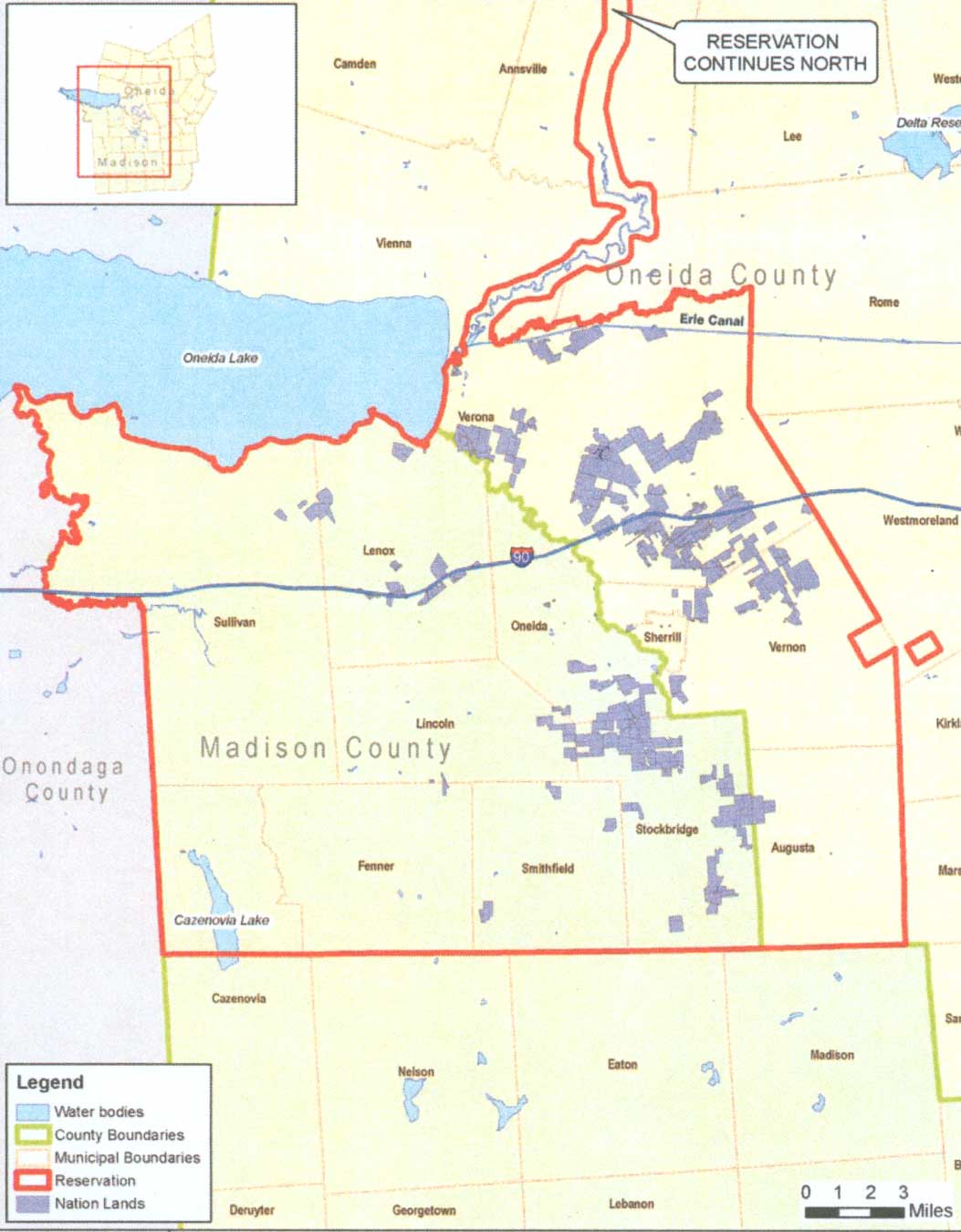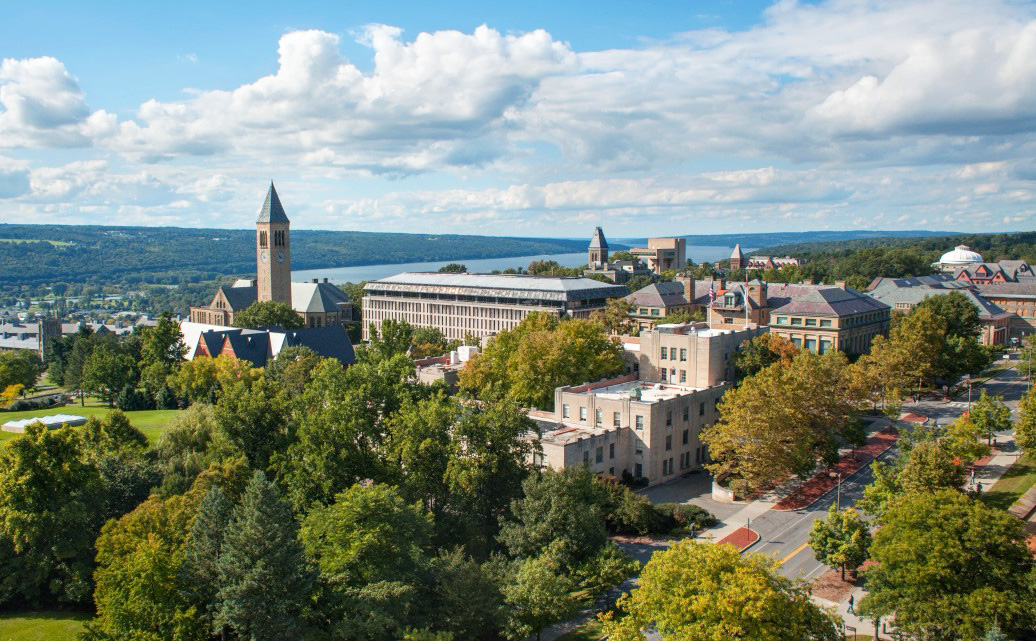
Uncharted Histories & Sacred Landscapes: A Traveler’s Deep Dive into Oneida Ancestral Territory
Forget the well-trodden paths of conventional tourism. To truly understand a place, sometimes you need to travel beyond the obvious, to maps drawn by history and stewardship. My recent journey into the ancestral territory of the Oneida Nation wasn’t just a trip; it was an immersive exploration of land, culture, and resilience that challenges and enriches the very definition of travel. This isn’t a single destination review, but a guide to navigating and appreciating a vast, vital region – primarily centered in what is now Upstate New York – that pulsates with the heartbeat of one of North America’s oldest democracies.
The Oneida ancestral territory, sprawling across significant portions of central New York State, is not merely a geographic location; it is a living testament to a civilization that predates colonial arrival by millennia. For a traveler, this means the landscape itself is a narrative. Every rolling hill, every shimmering lake, every dense forest holds stories of the Oneida people – their ingenuity, their diplomacy, their struggles, and their enduring spirit. My objective was to peel back the layers of contemporary America to reveal the profound indigenous heritage beneath, and I found a journey unlike any other.
The Foundation: Understanding the Land and Its People

Before setting out, a foundational understanding of the Oneida Nation is crucial. One of the original five (later six) nations of the Haudenosaunee (Iroquois) Confederacy, the Oneida hold a unique place in history, particularly for their pivotal role in the American Revolutionary War. Their decision to side with the American colonists – a complex choice that divided the Confederacy – had profound and lasting impacts, securing their place in the early annals of the United States. This historical alliance, however, did not spare them from the subsequent pressures of land cessions and forced removals, shrinking their vast territory to its current, much smaller reservation lands. Traveling here, therefore, is about acknowledging both past glory and enduring injustice, and recognizing the vibrant resurgence of a sovereign nation today.
My journey began in the heart of the contemporary Oneida Nation Homelands, near the town of Oneida, New York. This region serves as an excellent base for exploring the broader ancestral territory. The first, and arguably most important, stop for any culturally conscious traveler is the Shako:wi Cultural Center. This isn’t just a museum; it’s an educational and spiritual hub. From the moment you step inside, the Oneida story unfolds with dignity and depth. Exhibits meticulously detail the Oneida’s creation stories, their traditional longhouse way of life, the intricacies of the Haudenosaunee Confederacy, and their deep connection to the natural world.
What truly resonated was the focus on living culture. While artifacts are present, the center excels in conveying the ongoing traditions through contemporary art, oral histories, and educational programs. I was particularly moved by the presentations on wampum belts, not just as historical objects, but as records of treaties and philosophical principles. The guides, often Oneida citizens themselves, offered invaluable insights, transforming historical facts into personal narratives. This initial immersion is vital; it provides the lens through which to view every subsequent site and landscape.
Tracing History: Revolutionary War Sites and Beyond

From Shako:wi, the historical threads led me outwards into the broader ancestral lands, where the echoes of the past are palpable. One of the most significant sites is the Oriskany Battlefield State Historic Site, just a short drive west. This hallowed ground marks one of the bloodiest battles of the American Revolution, fought in 1777. What often gets overlooked in mainstream narratives is the critical role of the Oneida warriors who fought alongside the American militia. Walking the trails here, imagining the dense forest as it once was, and reading the interpretive panels that explicitly name the Oneida participants, brought a new dimension to this well-known conflict. It’s a powerful reminder that American history cannot be fully understood without acknowledging the indigenous perspective and participation.
Further west, the imposing walls of Fort Stanwix National Monument in Rome, New York, stand as another crucial piece of the puzzle. This reconstructed 18th-century fort was strategically vital, controlling a key portage route between the Mohawk River and Wood Creek. The Oneida Nation’s relationship with Fort Stanwix was complex and multifaceted, ranging from trade to diplomacy to military alliance. The National Park Service rangers provide excellent interpretive programs that delve into the daily life of the fort and its broader geopolitical significance, often highlighting the interactions with the Oneida and other Haudenosaunee nations. Standing on the ramparts, you can almost hear the negotiations and the preparations for battle that defined this frontier.
Beyond these major sites, countless historical markers dot the landscape, often indicating former Oneida villages, council fires, or significant events. Traveling by car is essential for this kind of exploration, allowing for spontaneous stops and a deeper appreciation of the geographic spread of the ancestral lands. I found myself frequently pulling over to read a roadside plaque, connecting a specific location to a story I’d learned at Shako:wi, or simply to gaze at a vista that has been observed by Oneida eyes for millennia.
Nature as Narrative: Connecting with the Sacred Landscape

The Oneida’s relationship with their land is one of profound respect and stewardship, rooted in their spiritual beliefs and traditional practices. This connection is palpable when you venture into the natural areas within their ancestral territory. Oneida Lake, the largest lake entirely within New York State, is not just a recreational spot; it’s a central feature of the Oneida homeland, a source of sustenance and a place of spiritual significance. Spending time on its shores, whether fishing, kayaking, or simply watching the sunset, offers a peaceful counterpoint to the historical intensity of the battlefields. The lake’s vastness and tranquility serve as a powerful reminder of the enduring beauty that the Oneida have cherished and protected.
Further afield, the remnants of the ancient forests that once blanketed this region offer opportunities for hiking and quiet contemplation. While much of the original old-growth forest is gone, protected state forests and local preserves allow for a glimpse into the natural world that sustained the Oneida for centuries. Places like Verona Beach State Park or the Erie Canalway Trail offer accessible ways to experience the landscapes, and with the knowledge gained from the cultural center, these natural spaces take on a new, deeper meaning. You’re not just walking through trees; you’re walking through a living larder, a pharmacy, a spiritual sanctuary.
Modern Vibrancy: The Oneida Nation Today
The journey through Oneida ancestral territory is not solely about the past; it’s also about witnessing the vibrant present and future of the Oneida Nation. The Nation today is a thriving, self-governing entity that has leveraged economic development to revitalize its community and reclaim its heritage. The most prominent example of this is the Turning Stone Resort Casino. While some might view a casino as an unlikely cultural beacon, Turning Stone is far more than just a gaming facility. It’s a massive enterprise that has brought unprecedented economic prosperity, employment, and resources back to the Oneida people.
Visiting Turning Stone offers a glimpse into the modern face of the Nation. Beyond the gaming floors, you’ll find world-class golf courses, luxurious spas, diverse dining options, and entertainment venues. Importantly, it’s also a place where you can find Oneida art in the lobbies, and where Oneida culture is subtly woven into the hospitality. The profits generated here fund crucial social programs, education initiatives, healthcare, and cultural preservation efforts for the Nation. It’s a powerful demonstration of sovereignty and self-determination in action. Engaging with the Oneida people you meet here, whether staff or fellow visitors, offers another layer of understanding about their contemporary identity.
Local towns like Oneida, Sherrill, and Vernon, while not exclusively Oneida, are intertwined with the Nation’s history and presence. Exploring their main streets, supporting local businesses, and interacting with residents provides a sense of the broader community that has grown up around and alongside the Oneida Nation.

Planning Your Journey: Practical Considerations for a Meaningful Trip
To make the most of your deep dive into Oneida ancestral territory, here are a few practical tips:
- Best Time to Visit: Spring, summer, and fall offer the most pleasant weather for outdoor exploration and historical site visits. Fall foliage in Upstate New York is particularly stunning.
- Transportation: A car is absolutely essential. The sites are spread out, and public transport is not feasible for this type of exploratory trip.
- Accommodation: Options range from the luxurious Turning Stone Resort Casino to charming local bed and breakfasts, or more budget-friendly motels in nearby towns. Consider staying in a few different locations to minimize driving time to various points of interest.
- Duration: To truly absorb the history, culture, and natural beauty, I recommend a minimum of 3-5 days. This allows for dedicated time at the cultural center, several historical sites, and opportunities for outdoor activities.
- Respectful Travel: Approach your visit with an open mind and a respectful attitude. Remember you are a guest on ancestral lands. Be mindful of cultural sensitivities, and always seek permission before photographing people. Support Oneida-owned businesses and cultural initiatives.
- Further Reading: Supplement your visit with books and documentaries about the Haudenosaunee Confederacy and the Oneida Nation. This background knowledge will profoundly enhance your experience.
The Enduring Resonance
My journey through the Oneida ancestral territory was far more than a typical travel experience. It was an education, a meditation on history, and an affirmation of resilience. It challenged preconceived notions of American history and offered a profound connection to a living, breathing culture. From the ancient wisdom shared at Shako:wi to the somber reflections at Oriskany, from the quiet beauty of Oneida Lake to the dynamic energy of Turning Stone, every aspect of the trip painted a vivid picture of a people deeply connected to their land and their heritage.
For the traveler seeking more than just pretty postcards, for those yearning for a journey that engages the mind and touches the spirit, a deep dive into the Oneida ancestral territory offers an unparalleled opportunity. It’s a chance to walk through history, listen to the land, and witness the enduring strength of a sovereign nation. This isn’t just a place on a map; it’s a profound experience waiting to be discovered.
